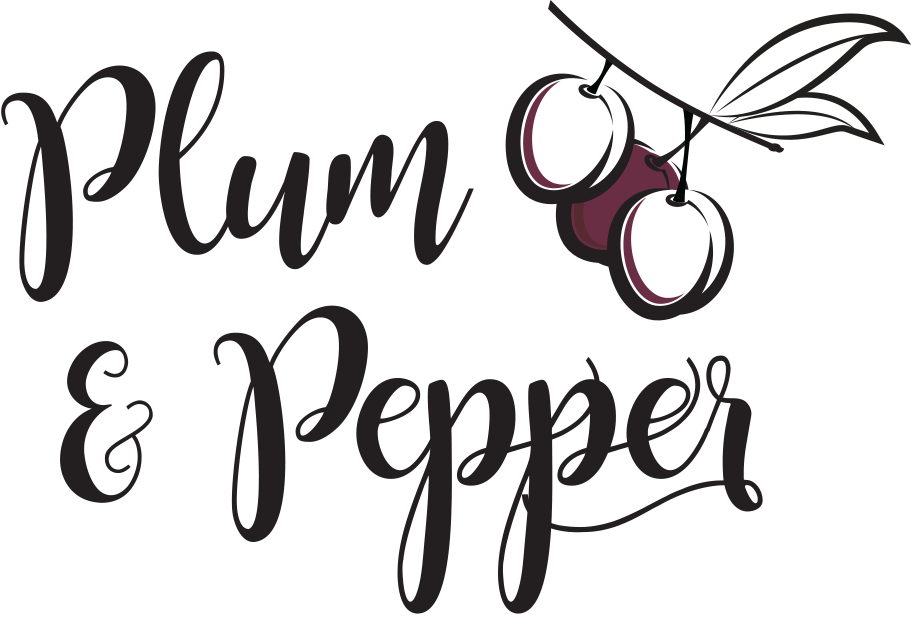Planning a wine-soaked trip through Washington and Oregon
By Joanne Sasvari
We British Columbians tend to be pretty loyal to our home-grown wine. But I must admit, every once in a while, I cast an eye south of the border and wonder: What’s going on with our neighbours in Washington and Oregon? What’s their wine country like? What grapes are they producing? Is it time for a road trip?
Well, yes. I always say every day in wine country is a good day. So why not spend a few of those good days exploring the wineries of Cascadia?
It only took a few moments, though, to realize that it would take more than a few days to really experience all that’s going on in Washington and Oregon when it comes to wine.
Washington is America’s second biggest wine producer, after California. It’s home to more than 850 wineries, with more than 43,000 acres under vine. Oregon is no slouch either, with more than 700 wineries and 30,000 acres under vine. Compare that to B.C., where we have some 300 wineries and 10,000 acres under vine. That’s a lot of tasting to catch up on!
Like B.C., Washington has a variety of different wine regions, hot and desert-like to the east, in the rain shadow of the Cascade Mountains, where 99 per cent of grapes are grown; moderate and misty close to the coast. More than. 80 varieties grow here: in the east, big reds like Merlot, Cabernet Sauvignon and Syrah are the big thing; to the west, delicate whites including the kinds of hybrids we know so well on this side of the border, like Siegerebbe. Washington has 14 federally defined American Viticultural Areas. The largest of those is the Columbia Valley AVA, which covers more than a third of the state and even part of Oregon, and comprises several smaller AVAs, including Walla Walla and Yakima Valley. For more, check out the Washington State Wine Commission site: https://www.washingtonwine.org/.
On the other hand, Oregon’s main AVA, the Willamette Valley (which also comprises several smaller AVAs), is closer to the coast, where the cooling influence of the ocean makes the region perfect for growing bright Pinot Noir, Riesling and Pinot Gris. That said, as in Washington, some 80 varieties of grapes grow here as well, so you can still enjoy your big Cab if you so desire. For more info on Oregon wine, go to the Oregon Wine Board site: https://www.oregonwine.org/.
In both states, vines were planted in the 19th century, but wine didn’t begin to flourish until the 1960s; it expanded in the 1970s and ’80s and took off in the 1990s. Now a vibrant wine tourism industry and culinary scene has grown up around the vines, and I’m thinking it’s time to explore and taste everything there is to taste.
So, let’s get started.
From Vancouver to Walla Walla is about a seven-hour drive across the border, through Seattle along I-5 then southeast on I-90. Once in Walla Walla, you have a great base for exploring wineries in several areas, including parts of Oregon. There are more than 140 wineries just in Walla Walla, plus numerous satellite tasting rooms, so plan accordingly. A tour – there are several – is a good way to get started, as are the numerous year-round festivals. If you’re hungry, go in February when restaurants offer prix fixe meals and wineries host special events as part of February is for Foodies.
From Walla Walla, it’s about a four-hour drive west to Portland on I-84. From there it’s a two-hour shot down I-5 to Eugene and King Estate, the biggest of Oregon’s wineries, famous for its exceptional Pinot Noir. Like Walla Wall, Eugene makes a great base to start exploring – it’s a charming small city with a burgeoning food scene in the south Willamette Valley. (Note: It’s pronounced will-AM-et, like dammit, not will-a-MET.) There are more than 25 wineries in the South Willamette AVA, and countless more as you explore the rest of the region.
From there, you can explore countless other wineries in Washington and Oregon, but on your return trip, the one place you must stop is the charming little town of Woodinville just outside Seattle. It’s home to Chateau Ste. Michelle, Washington’s biggest and oldest winery, but there are more than 100 other wineries, breweries and distilleries here.
This is but the shallowest sip of the Washington and Oregon wine scene. Stay tuned, because there surely will be more to come.


